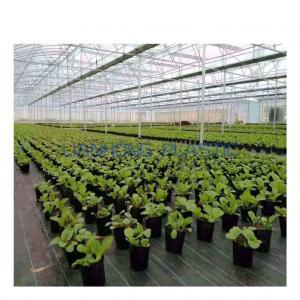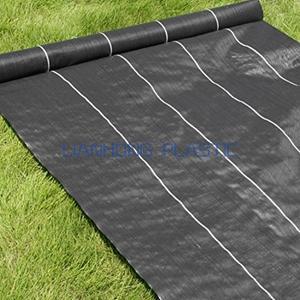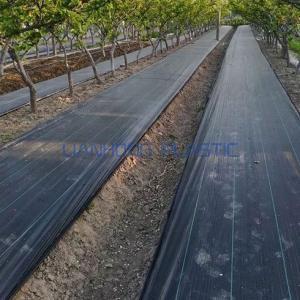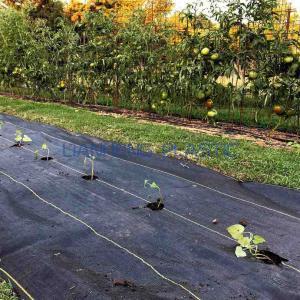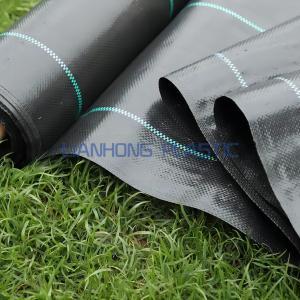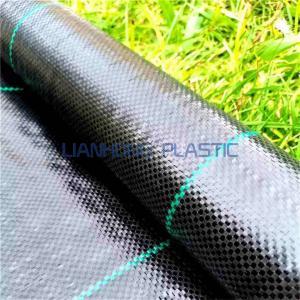Five things you need to know about Insect Netting
Because its role in environmental protection can accommodate the strict regulation of our herbs and fruits, many growers of high value crops use it as a major form of insect control and have achieved very good results in preventing them.
How to obtain high quality crops and increase yields using insect screens is the result of our discussions.
We will start by looking at the important benefits and functions of insect screens.
How do insect screens work and how do they work?
Insects are a very common animal, from aphids and ants to various butterflies and bees. A very large number of insects can be found in a family’s yard. Scientific estimates suggest that each person encounters over 200 million insects!
While some insects are beneficial to your crops, many more are destructive. These pests tend to feed on the leaves, roots and stems of plants. Furthermore, many insects carry bacteria and viruses, spreading these microorganisms and causing stunted growth of your crops.
Insect screens work by building a physical barrier to keep these insects out. Thus they cannot approach your plants and all problems are avoided.
At the same time the insect screen has many gaps to allow air and moisture in so that it does not affect the growth of your plants.
What are the 5 advantages of insect-proof netting?
The use of insect screens has gained widespread experience as crops have grown. The use of insect netting has led to an awareness of its advantages. The most widely spread of these are the following advantages.
1. Pest control, which is the main role of insect netting. With the installation of insect netting, your farm and plants are protected from pests. It also has the added benefit that large greenhouses allow bees to be kept in the greenhouse to pollinate the flowers of the fruit without causing the bees to spread.
2. Disease prevention. As we mentioned before, insects can carry micro-organisms that can spread diseases. Insect screens can effectively stop insects from spreading diseases. This will give your plants extra protection against disease.
3. Regulate temperature, soil and humidity. When plants are covered with insect-proof netting, a protective layer is formed. This protective layer will stop water vapour loss and reduce the loss of soil moisture. Especially for leafy greens such as cabbages, it will increase their vigour and maintain a more adequate water supply.
4. Blocking out strong sunlight, insect netting has a shading effect and reduces light when the sun is too strong. Creating a more comfortable temperature and environment.
5. Environmentally friendly, reducing the use of chemicals. Insecticides, as a chemical agent, can poison insects. Furthermore, chemicals can persist in the environment and there can be enrichment. This can lead to the poisoning of birds or small animals and the deterioration of the quality of crops or fruit.
Conclusion
The use of pest control nets is a significant event for the environment. The use of insect screens reduces the use of pesticides.
It is also 100% recyclable. This means zero stress and zero impact on the environment. Our primary concern is the environment and sustainability and we are committed to promoting these environmentally friendly means of pest control and reducing the use of chemical agents.
If you are interested in our insect screen products, please feel free to contact us.
